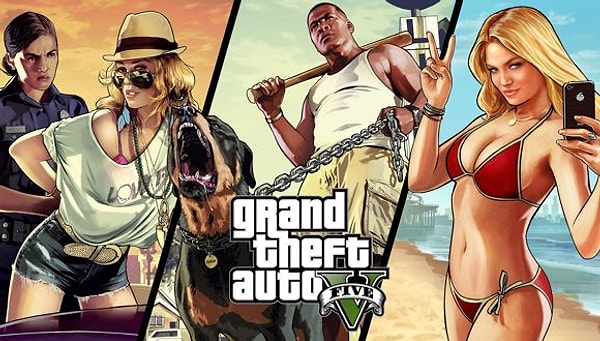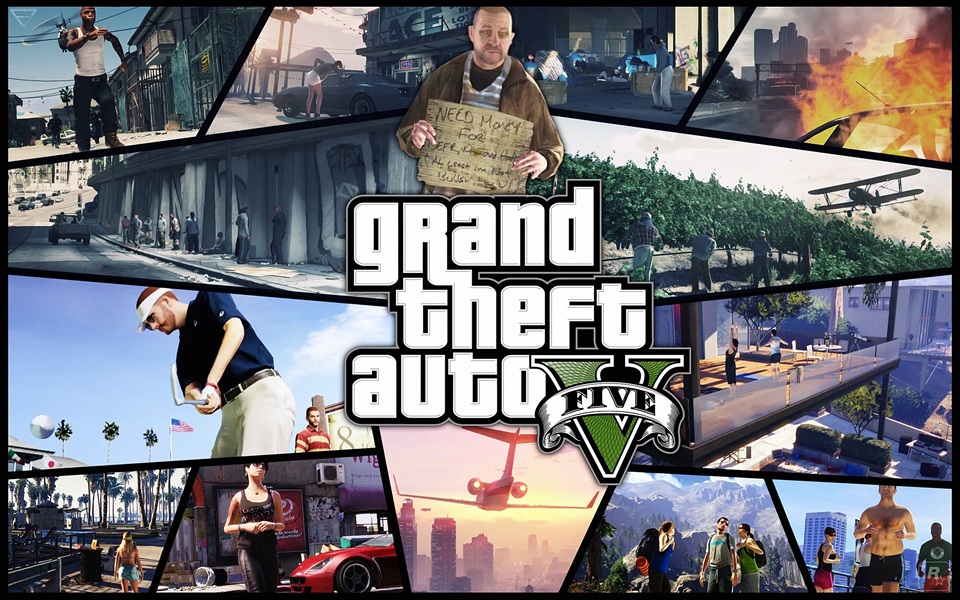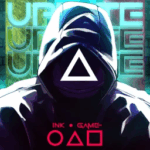The Beginning of Valorant’s Competitive Journey
When Valorant launched in 2020, it immediately stirred the FPS genre by combining Counter-Strike’s tactical precision with Overwatch’s hero abilities. As time passed, Riot Games invested heavily in refining the gameplay, adding agents, maps, and events. By 2025, Valorant has become not only a household name but also a tactical shooter that redefined the genre.
Initially, players were intrigued by how each agent offered unique tools beyond just aim—smoke walls, vision blocks, and teleportation added layers to traditional bomb-planting gameplay. This fundamental change laid the groundwork for the skill-based, decision-heavy environment Valorant is known for today.
The Rise of Tactical Diversity in Valorant
As the meta evolved, so did team compositions. Rather than relying purely on aim, players had to master map control, coordinated utility usage, and economy management. Transitioning from solo aim battles to synergized team plays became the new norm.
Additionally, agents like Viper, Killjoy, and Harbor added more utility complexity, forcing teams to constantly adapt strategies. In tandem with this, Riot Games regularly introduced balance patches that reshaped the playing field, keeping gameplay fresh and competitive.
The Esports Scene and Global Influence
Valorant didn’t take long to carve a spot in esports. From the VALORANT Champions Tour (VCT) to regional circuits, the competitive ecosystem now rivals that of CS:GO and League of Legends. As teams like FNATIC, Paper Rex, and Sentinels gained fanbases, the game became a cultural phenomenon.
Moreover, international LAN events, coupled with Riot’s production value, amplified Valorant’s presence. Broadcasters, streamers, and analysts added layers of community engagement, further boosting its appeal to casual and hardcore fans alike.
Agent Meta Evolution Over Time
The agent roster in 2025 has grown to 30+ characters, each with unique roles: Duelists, Controllers, Sentinels, and Initiators. Early metas heavily favored duelists like Reyna and Jett. However, over time, support roles gained importance. Now, teams prioritize information-gathering (like Sova or Fade) or control (like Astra and Brimstone).
Crucially, Riot’s commitment to balance has ensured that no single agent dominates for too long. Frequent patch notes and agent reworks keep things in check and reward players who stay updated with changes.
Map Design and Tactical Complexity
Valorant’s map pool has expanded to include nine maps, with rotating pools in competitive playlists. Each map offers distinct verticality, choke points, and site dynamics. For instance:
-
Ascent focuses on mid-control dominance.
-
Icebox rewards vertical aim precision.
-
Lotus introduces revolving doors and three bomb sites.
Each map challenges players to adapt both agent usage and playstyle. Consequently, learning smokes, lineups, and rotations has become essential knowledge for climbing the ranks.
Weapon Meta and Economy Strategy
Just like agent choice, weapon strategy plays a pivotal role in Valorant. Although the Vandal and Phantom remain staples, other weapons like the Sheriff, Marshal, and Spectre offer budget-friendly value.
Transitioning from eco rounds to full buys requires solid economy management. In fact, many pro teams have revolutionized how eco rounds are approached—sometimes even winning them through superior positioning or agent utility, showing how deeply strategy matters beyond pure gunplay.
Community, Skins, and Creative Content
Another key factor in Valorant’s popularity is its thriving community. Riot’s skin releases—like the Prime, Elderflame, and Champions collections—add aesthetic variety and hype. Additionally, fan art, fan-made maps, and cinematic trailers expand the lore and connection players feel with agents and factions.
Transitioning into 2025, Riot has also released Agent Cinematics and interactive lore missions, immersing players deeper into Valorant’s worldbuilding, unlike any FPS title before it.
Accessibility, Mobile Rumors, and Future Expansion
Although Valorant has remained a PC-exclusive so far, Riot has hinted at mobile development. If realized, Valorant Mobile could drastically increase the game’s global reach, especially in regions like Southeast Asia and Latin America where mobile gaming dominates.
Accessibility improvements—like colorblind modes, improved onboarding, and AI aim-training bots—have also allowed newer players to join the ecosystem with more confidence.
Verdict and Final Rating
Valorant has solidified itself as more than just a “CS:GO + abilities” experiment. In 2025, it stands as a tactical FPS that rewards both mechanical and mental prowess. Its continued evolution, developer transparency, and esports growth have helped it maintain dominance in a saturated genre.
Final Rating: 9.2/10
Valorant’s high skill ceiling, evolving content, and immersive ecosystem make it one of the most refined shooters on the market today.





























